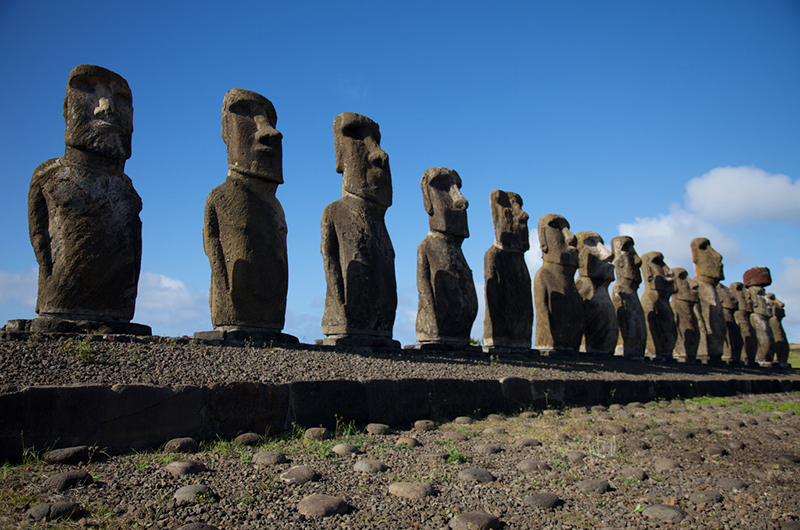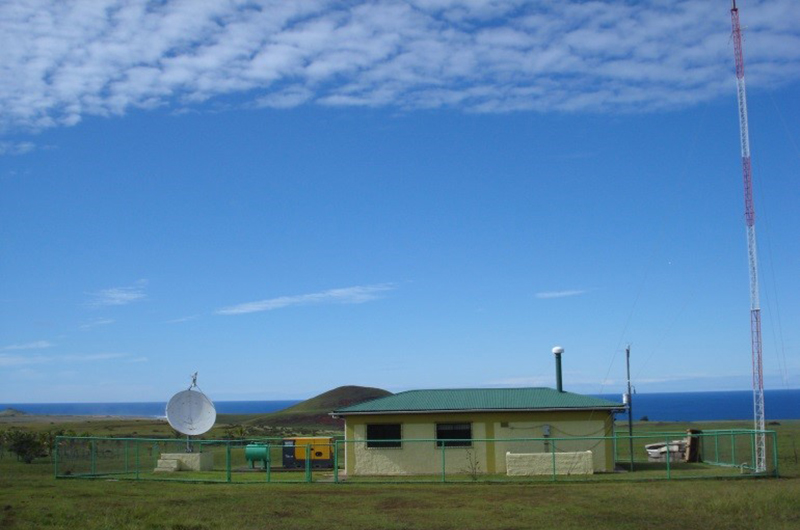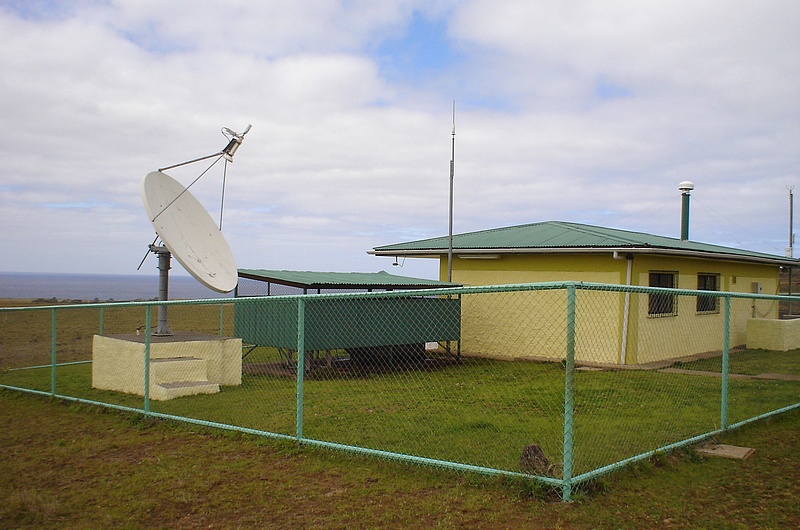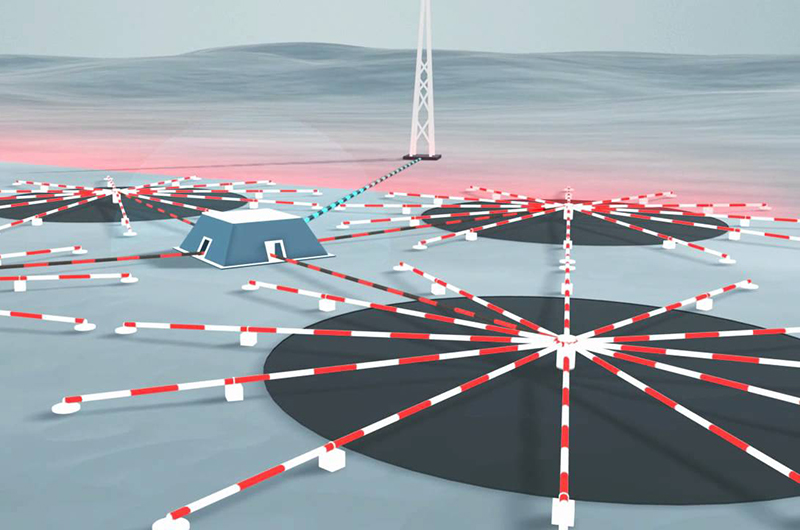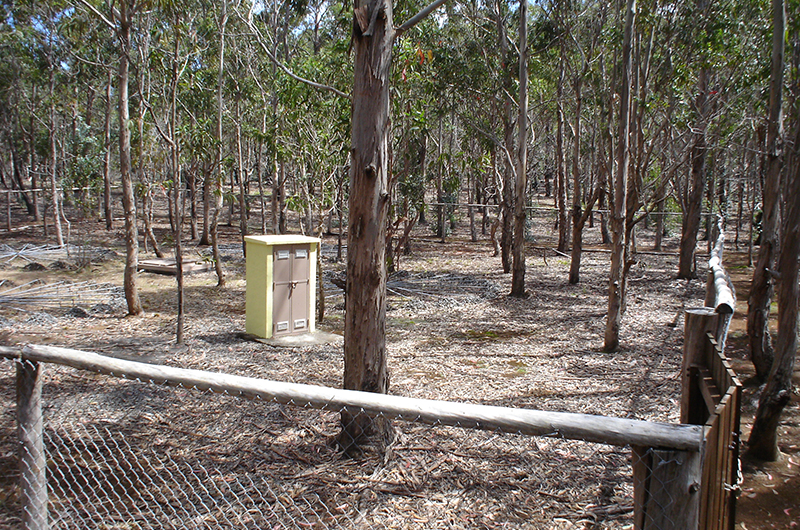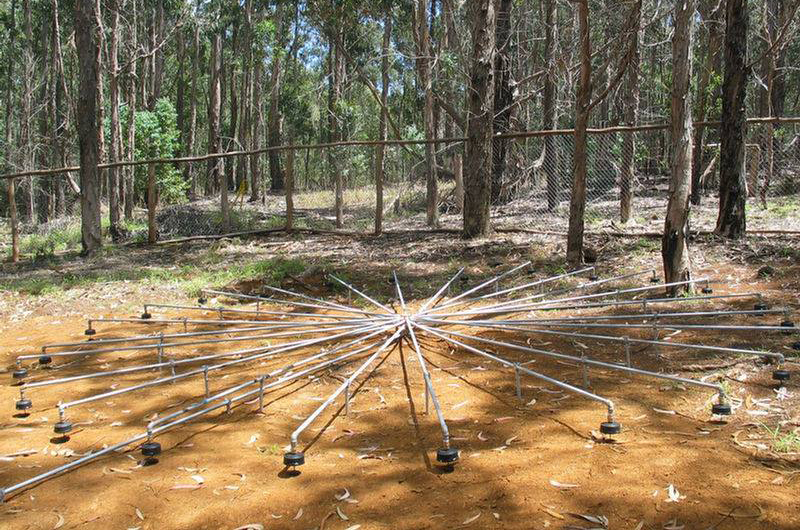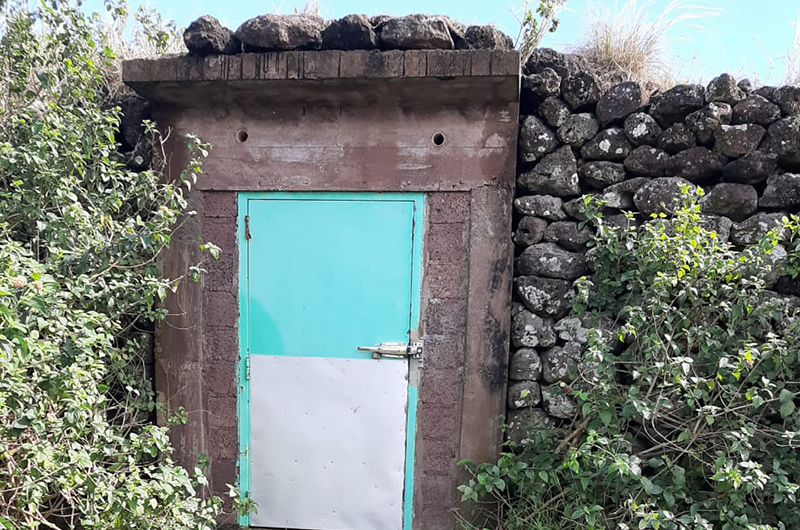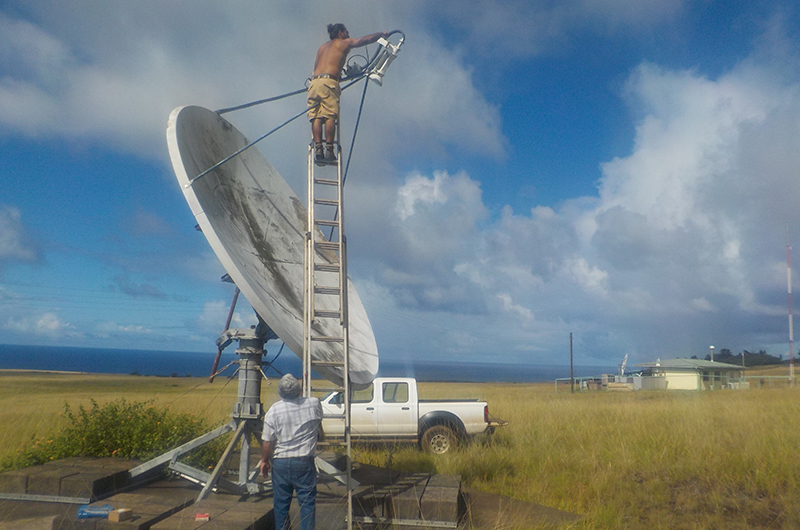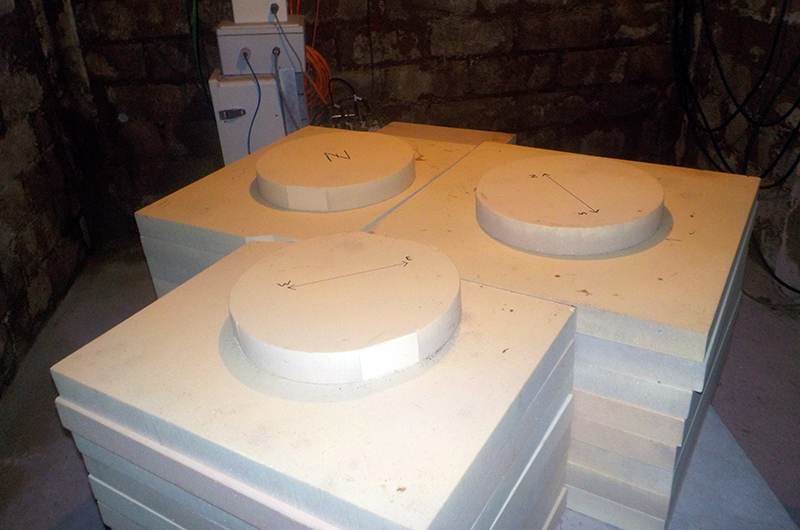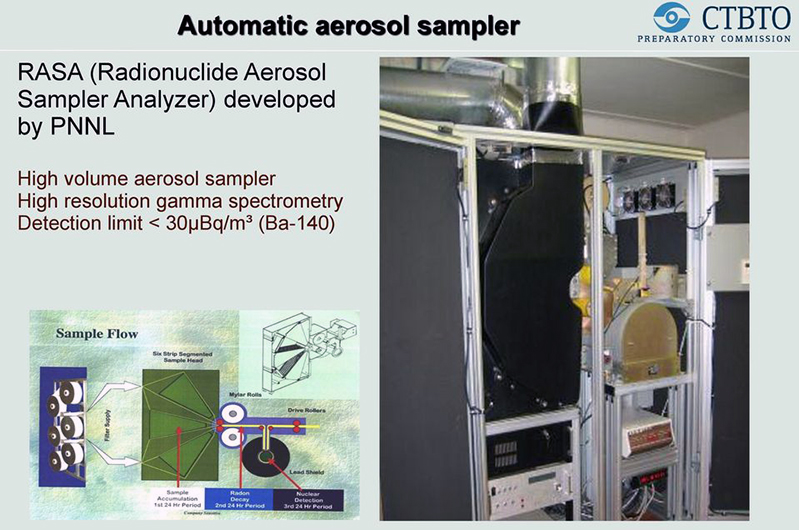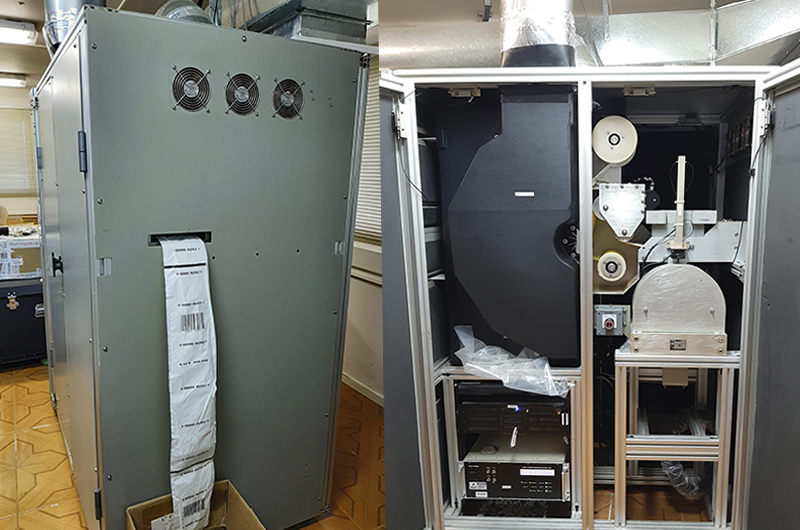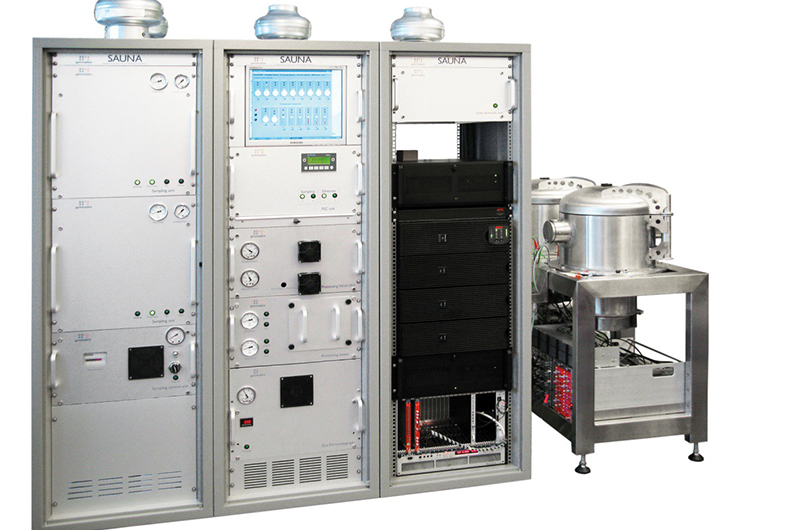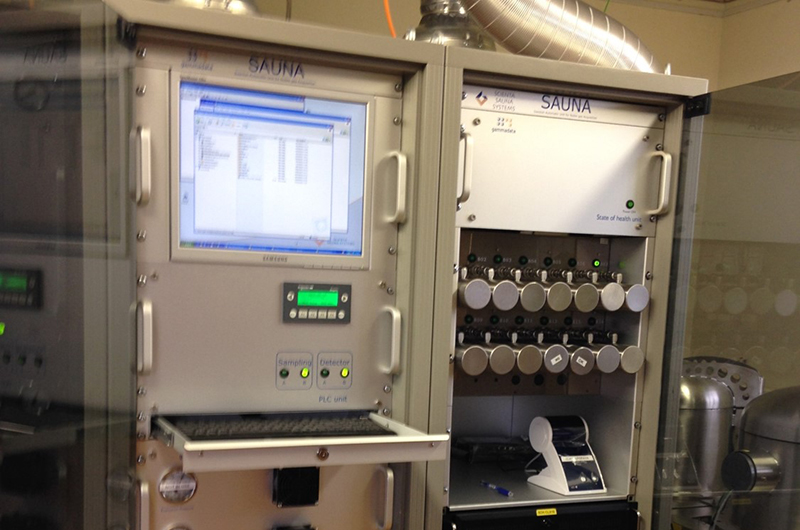IMS Stations located in Rapa Nui
Location description
One of the most isolated inhabited islands in the world is Rapa Nui (Easter Island), a highly volcanic island made up of three extinct volcanoes and located 3,600 km west of mainland Chile in the immensity of the South Pacific Ocean. The island's triangular-shaped coastline is rugged with only a few sandy beaches, while the interior comprises gently rolling hills of volcanic origin.
In terms of climate, Rapa Nui has a subtropical oceanic climate. Therefore, it is not usual to feel extreme temperatures and the average annual temperature is 22 °C.
Stations
This island is one of the few places in the world to host four International Monitoring System (IMS) stations. These are; the IS13 infrasound station, AS18 auxiliary seismic station, CLP19 radionuclide station and CLX19 noble gas radionuclide station. This particular trilogy of IMS verification technologies, not including the noble gas station CLX19, is also found in Tahiti.
Infrasound technology – Station IS13
This infrasound station is one of Chile's outstanding stations, located in a forested area in the interior of Rapa Nui. It was built by the Chilean Nuclear Energy Commission (CCHEN) in cooperation with the CTBT Organization. Its installation was completed between January and November 2004. Currently, CCHEN continues operating and maintaining the station. Because wind is a marked feature of the island's climate, each matrix of the infrasound station has been positioned in a wooded area to reduce the influence of wind generated noise. Another feature of IS13, common to all infrasound stations on the IMS, it is a weather station installed in a central array that samples temperature, wind speed, direction and barometric pressure data. The sampling frequency is one sample per second. The authenticated infrasound data from each array, along with the meteorological data, are sent in twenty second time frames via the Global Communications Infrastructure (GCI) to the International Data Centre (IDC).
Auxiliary Seismic technology – Station AS18
It is an auxiliary seismic station, located only two kilometers from the IS13 arrays, scans the ground for evidence of nuclear explosions. This means that its data is used to complement that of the primary seismic stations and improve the location of events. It is a 3-component station, which means that its seismometers detect seismic waves in 3 directions, one vertical and two horizontals.
Radionuclide technology – Stations CLP19 and CLX19
Both stations belong to the radionuclide technology, but differ in that CLP19 corresponds to a particle station and CLX19 is a noble gas station. The island's exposure to the wind makes it an ideal place for radionuclide measurements, since radioactive particles in the air can travel with the wind from great distances. Due to the unique location of the island, it was chosen for the installation of both radionuclide stations. CLP19 is an automatic station of the RASA type (Radionuclide Aerosol Sampler/Analyzer. The RASA is a fully integrated and "completely" automated system for monitoring radionuclides in the air with a filter. It consists of taking an air sample with an operating air flow rate of 1050 m3 h-1 (under STP conditions), which retains more than 85% of the particles that reach it. A frequency controller keeps the operating air flow rate constant during the sampling time. The air sample inlet is placed on the roof of the building intended for this purpose. The filters are replaced daily. The used filters are cooled for a period of 24 hours, then for another 24 hours measurements are made on the detection device at the monitoring station. The result is a gamma ray spectrum that is sent to the CID in Vienna for further analysis.
Noble gas stations like CLX19 use equipment called SAUNA (Swedish Automatic Unit for Noble Gas Acquisition). In this machine, the air is pumped into a coal-containing purification device where the xenon noble gas is isolated. Pollutants of different types, such as dust, water steam and other chemicals, are removed and the resulting air is therefore concentrated in xenon, in both its stable (natural) and unstable (radioactive) forms. The radioactivity of the xenon, both isolated and concentrated, is measured and the resulting spectrogram is sent to the IDC in Vienna for further analysis. Why to use this technology? Xenon noble gas is produced in large quantities during a nuclear explosion. In underground test, radioxenon is probably the only radioactivity that will be able to reach into the atmosphere, the reason being that xenon is a noble gas and therefore will not react chemically with the environment like other released products. In fact, during an underground nuclear test the radioxenon will probably be the undisputed proof that it is a nuclear explosion.
Evaluation and Certification
In Chile, the four IMS stations in Rapa Nui are certified, which means that, according to the CTBTO certification process, the radionuclide stations CLP19 (RASA equipment), radionuclide CLX19 (SAUNA equipment), infrasound station IS13 and auxiliary seismic AS18 in Rapa Nui meet all the minimum requirements for IMS certification.

